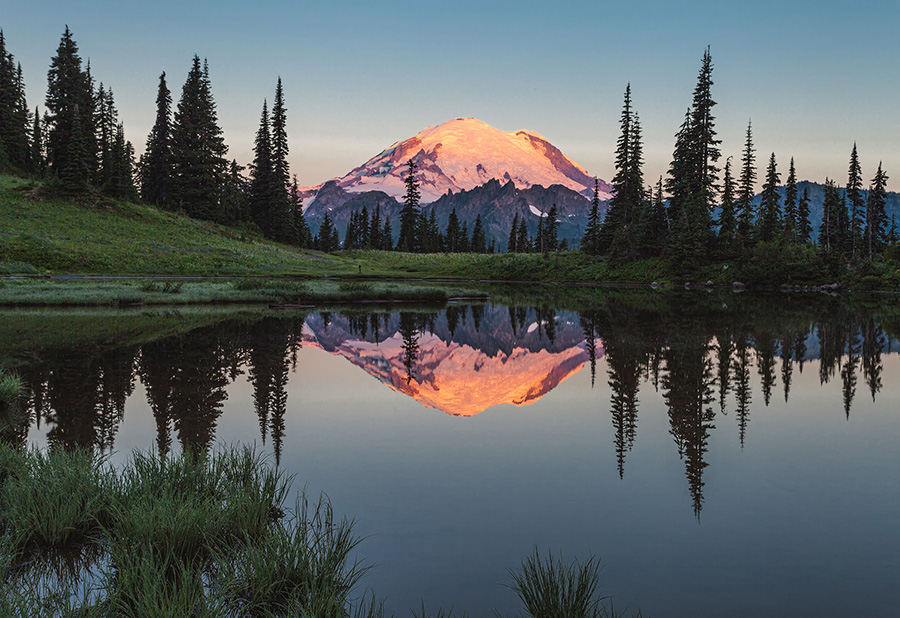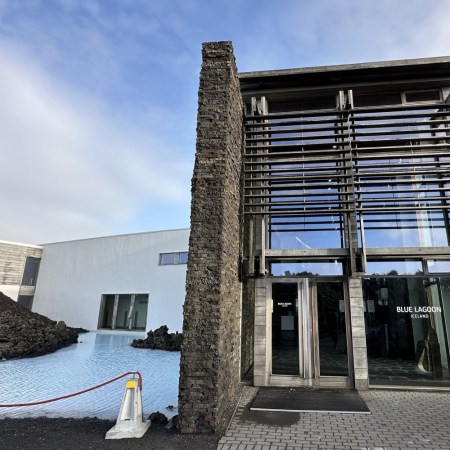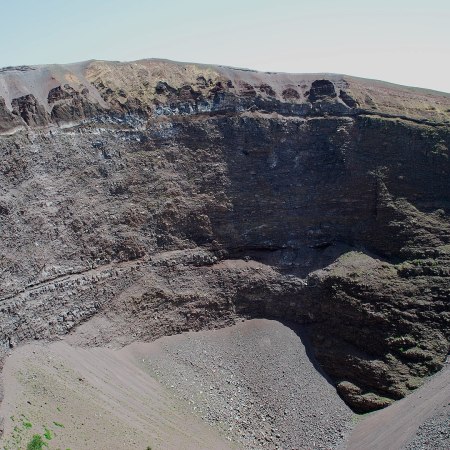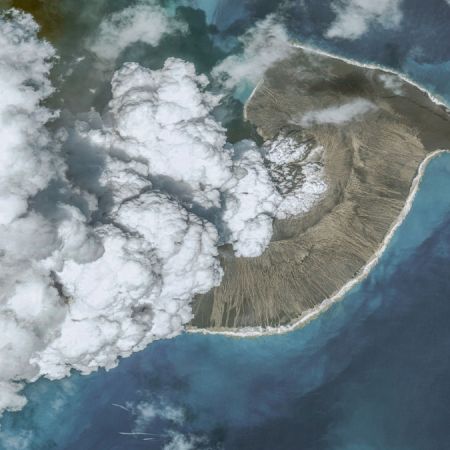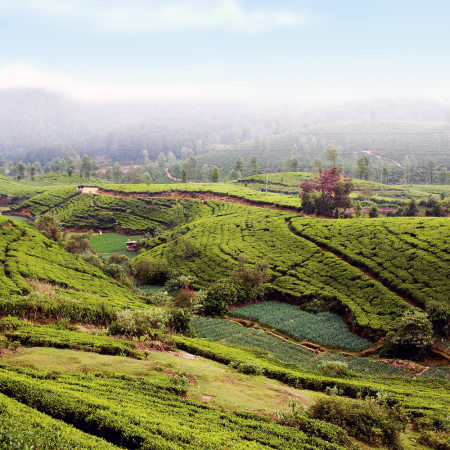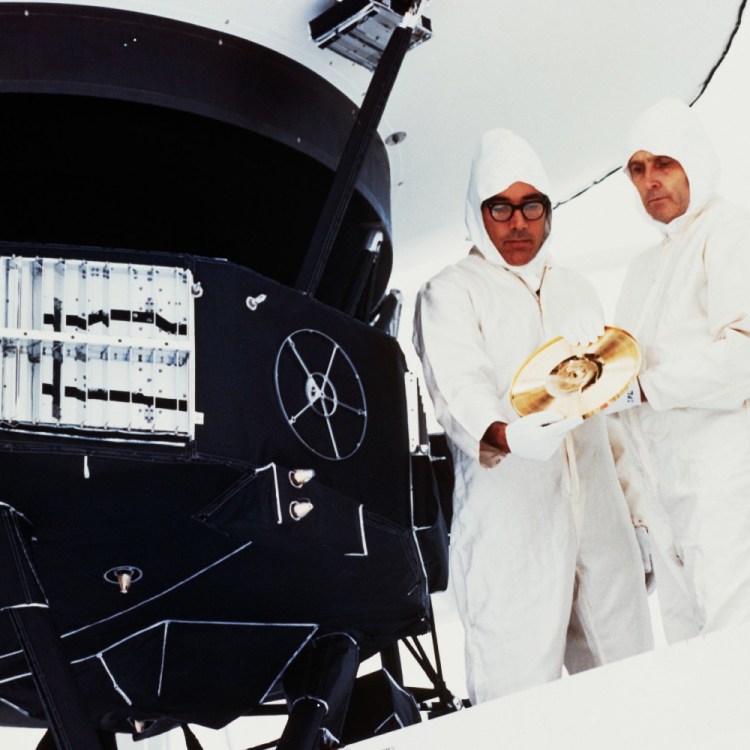Supervolcanoes sound terrifying, but they don’t actually pose a huge risk. National Geographic writes that Yellowstone in particular often makes its way into headlines, but a volcanologists are much more worried about the Pacific Northwest — especially Mount Rainier.
The mountain is in the Cascades and though it looks picture-perfect, scientists are unsure when it will awaken from its deep slumber. An eruption could cause one of the worst natural disasters in the U.S.
Mount Rainier is not known for being particularly explosive, so why are geologists so worried?
“Rainier is one of the most dangerous volcanoes in the world,” said Janine Krippner, a volcanologist at Concord University, to Nat Geo. “It’s a huge concern.”
To understand, we have to look at Colombia’s Nevado del Ruiz volcano. When it erupted in November 1985, neither lava nor pyroclastic flows of hot gas and ash were the killer elements, writes Nat Geo. Instead, the paroxysm melted the volcano’s summit glaciers causing a series of lahars — “viscous, violent slurries” — that ultimately killed around 23,000 people as they slept. The lahars rushed down toward the town of Armero at about 30 miles an hour and smothered the town and its inhabitants.
Mount Rainier has the perfect geography for lahar formation, and there are several suburbs right in the path of disaster.
Thanks for reading InsideHook. Sign up for our daily newsletter and be in the know.
